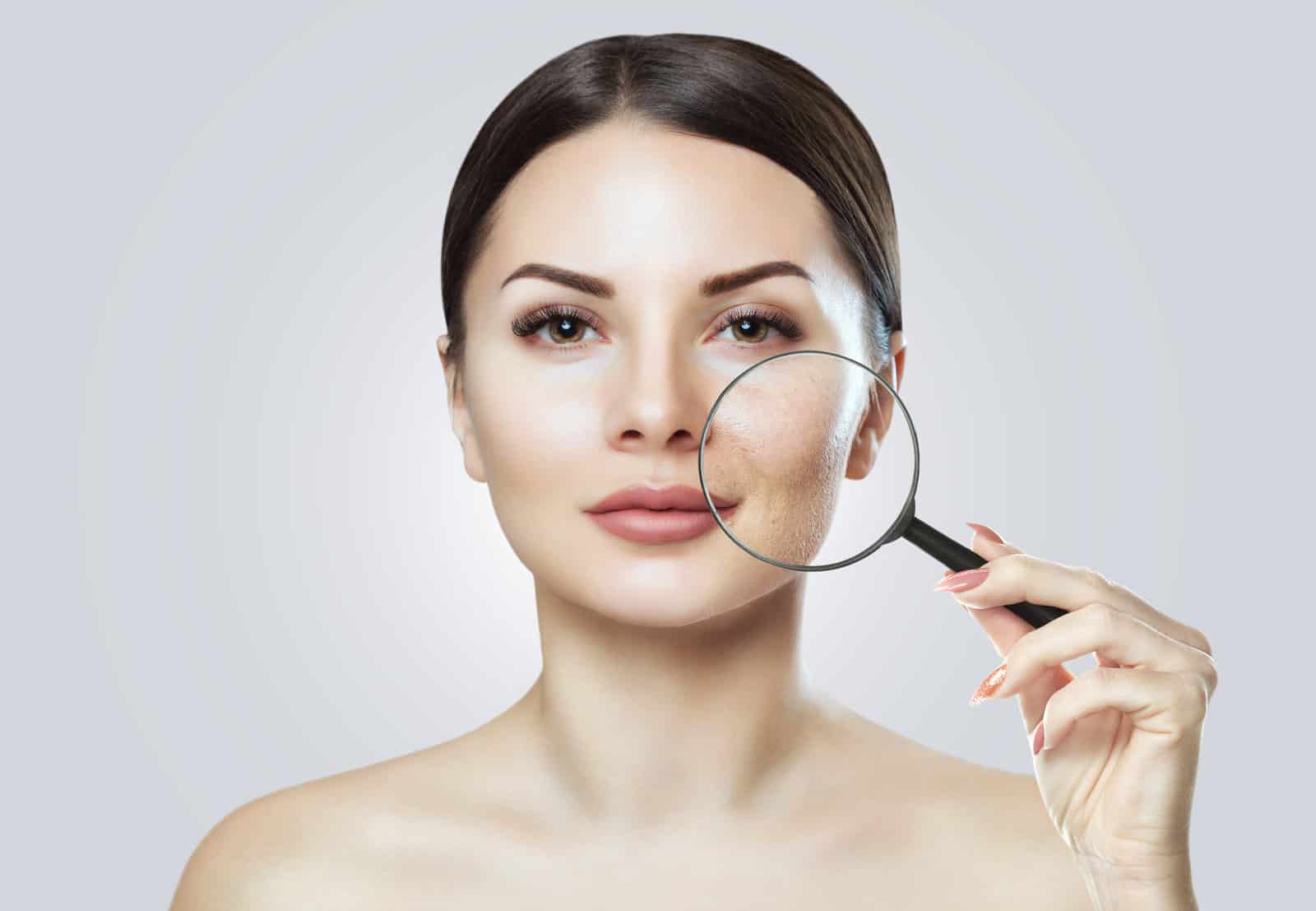Skin

The skin is the largest organ of the human body. It protects us from the environment, regulates our temperature, and allows us to feel sensations. The average person has about 2 square meters of skin and weighs approximately 6 pounds.
The skin is composed of three main layers: the epidermis, dermis, and subcutaneous tissue. The epidermis is the outermost layer of the skin. It is composed of cells called keratinocytes, which produce the protein keratin.
The dermis is the middle layer of the skin. It contains blood vessels, nerve endings, sweat glands, and hair follicles. The subcutaneous tissue is the innermost layer of the skin. It is composed of fat and connective tissue.
Skin plays an important role in protecting the body from infection and injury. The epidermis provides a barrier to bacteria, viruses, and other potentially harmful substances.
The dermis contains blood vessels that help to heal wounds. The subcutaneous tissue helps to insulate the body and protect it from heat and cold.
Skin also plays an important role in regulating body temperature. The sweat glands in the skin help to cool the body by releasing sweat. The blood vessels in the skin can also constrict or dilate to regulate body temperature.
Skin is also responsible for our sense of touch. The nerve endings in the skin allow us to feel sensations such as pressure, pain, and heat.
The skin is a complex and vital organ that plays an important role in protecting and regulating the human body.
Books discussing Skin

The Stretch Marks Factor
The Stretch Marks Factor, by Dave Asprey and Dr. Lana Asprey, MD, is a new book that explains how Dr. Lana was able to avoid stretch marks during two...

The Collagen Diet
Dr. Josh Axe, the bestselling author of Keto Diet and Eat Dirt, is here to guide you on how to improve your overall health by taking advantage of...

Renegade Beauty
Instead of sticking to conventional ideas of beauty and wellness, why not try something new? Embrace your inner renegade and explore different...

Power Tools for Health
Power Tools for Health is here to show you the way to utilize PEMFs in your everyday life. From treating newly-acquired and long-term health issues...

The Wellness Mama 5-Step Lifestyle Detox
Katie Wells, the creative force behind both The Wellness Mama Cookbook and her business-savvy enterprise Wellness Mama, has now unveiled the strategy...

Radical Longevity
Step into an innovative approach to growing older, which shatters traditional wisdom and redefines the aging process with strength, dynamism, and...

Cells, Aging, and Human Disease
Cells, Aging, and Human Disease delve into the realm of aging from its genetic roots to clinical implications. It takes an in-depth exploration of...

Best Supplements for Men
In Best Supplements for Men, P. D. Mangan reveals how economical and easily accessible over-the-counter supplements can help you gain more muscle...

Life Extension Sauna Handbook
Dr. X, otherwise known as Ryker Black the life extension researcher and consultant, has produced a one-of-a-kind book that is ideal for anyone...

The Kaufmann Protocol
Drawing from the groundbreaking Kaufmann Protocol: Why We Age and How to Stop it, Aging Solutions is a comprehensive program for creating tailored...

Dimethyl Sulfoxide (DMSO) in Trauma and Disease
DMSO was first isolated as a chemical compound by a Russian chemist in 1866, and it proved to be an excellent solvent for many years before its...

Wheat Belly
In 2011, Wheat Belly made its debut and forever changed the way we think about health and weight loss by exposing the unknown risks of contemporary...
Experts discussing Skin
All Skin ExpertsDave Asprey
The "godfather of biohacking", creator of Bulletproof Coffee, Bulletproof 360, author, and host of The Human Upgrade podcast.Dr. Lana Asprey, M.D.
Karolinska-trained physician who runs an international natural fertility and, healthy pregnancy consulting practice.Dr. Josh Axe
Doctor of natural medicine, clinical nutritionist, and passionate advocate for using food as medicine.Nadine Artemis
Author, and Founder of Living Libations is a luxurious line of organic botanical beauty care and holistic dental products.Dr. William Pawluk, MD, MSc
A family physician who is an expert in Pulsed Electromagnetic Field Therapy, acupuncture, nutritional/herbal medicine, homeopathy, hypnosis, and bodywork.Katie Wells, CTNC, MCHC
CEO and Co-Founder at Wellness Mama and Wellnesse, author, and podcaster.Ann Louise Gittleman, Ph.D., CNS
The First Lady of Nutrition, nutritionist, best-selling author, nutritional visionary, and health pioneer.Dr. Michael B. Fossel, MD, Ph.D
President of Telocyte, author of Cells, Aging, and Human Disease, and The Telomerase Revolution.P. D. Mangan
Private health and fitness optimization coaching for high-performing men and women.Ryker Black
Ryker Black is a distinguished author, researcher, and consultant with expertise in the arena of human life extension.Dr. Sandra Kaufmann, MD
Chief of Pediatric Anesthesia at Joe Dimaggio Children's Hospital, author, and CEO/Founder/Owner at Kaufmann Anti-Aging Institute.Dr. Stanley W. Jacob, BSc, MSc, MD, FRCS(C)
Board Certified by the American Board of Facial Plastic and Reconstructive Surgery (ABFPRS), and founder of The Jacobs Center for Cosmetic Surgery.